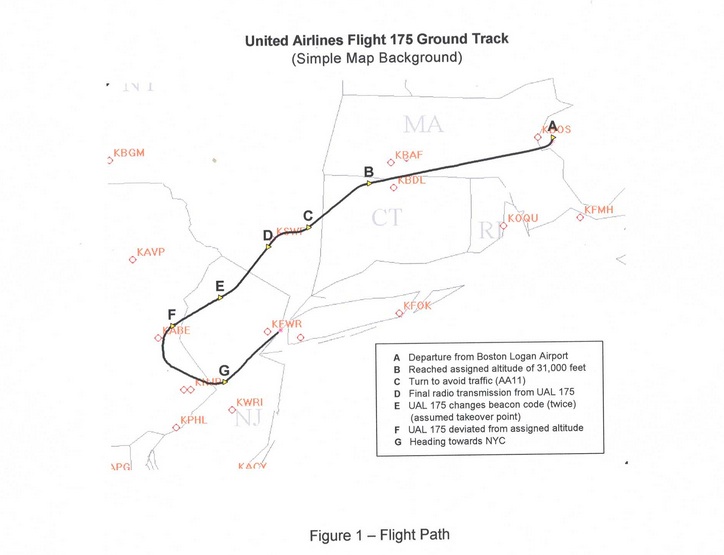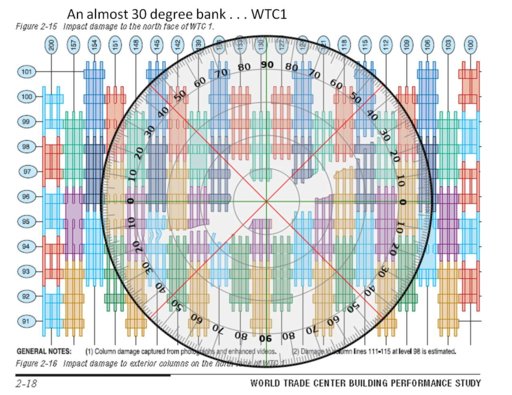In lieu of that for the time being, I have a hypothetical for You, George. Think about it carefully, and give the most genuinely honest answer that you can. You have indicated in other posts that aside from some T-38 sim time and a flight or two in a cub, you are otherwise 0 time. That being the case, here is your scenario. Two aircraft, a 767 and a Cessna 172 are both established in stable cruise flight at 5000 feet. Clear weather, sufficient fuel. You are going to be magically placed alone into the left seat of your choice of either aircraft, but you have different tasks for each. If you choose the 767, you must fly it in a figure 8 pattern. You will not be held to any performance standard, so ascend or descend as you like, you can turn as slowly or aggressively as you feel comfortable with. You must do this for 20 minutes, then you will be removed from the airplane the same way you were placed in it. Your other option, is to land the Cessna. No talking to anyone by radio, it's been disabled. Once placed in the Cessna, the only way for you to get out is to get it to the ground. The purpose of this mental exercise is to honestly ask yourself which you truly believe to be easier, steering a 767 or landing a Cessna. You don't even need to answer me, just wanted you to think about the concept Yourself.



